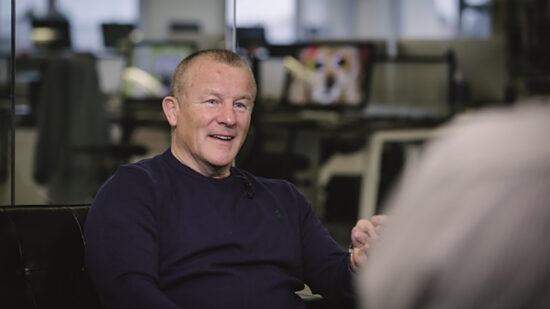In the aftermath of a number of high profile leverage blow-ups, David Coombs, manager of the Rathbone Sicav Multi-Asset Strategic Growth Portfolio, is maintaining a focus on companies with strong cash flows and no low-quality debt.
At the end of March 2021, New York-based Archegos Capital Management saw billions wiped off its value after leverage was pulled from the investment fund, while just recently two more retail funds were suspended because they had significant investments locked into illiquid debt securitisation funds.
“In the UK, we have also had the fallout from Greensill Capital, a supply-chain financier that started lending on non-existent supply chains until, yes you guessed it, their own loans got called in,” said Coombs.
“Several investment banks and brokerages were caught up financing both, Greensill had even bundled up its ‘loans’ and sold them to specialist investment funds.”
The question for Coombs is whether these are isolated cases, or if a pattern is emerging? Is Archegos a repeat of Long Term Capital Management, the too-big-to-fail hedge fund of 1998 infamy; and is Greensill a repeat of subprime mortgages – shaky assets dressed up as high-quality loans?
Caution over fear
“One of our responsibilities is to constantly challenge the status quo,” Coombs said. “These days, markets are awash with cheap money. Companies can tap cheap capital from bond markets and from stock markets. Banks seem to be slim on investment options – or in razor-sharp competition with each other – going off the deals revealed at Archegos and Greensill.”
In Coombs’ view there are shades of past mistakes taking place. As such, he said he will need to see over the coming weeks if the investment banks start to review their lending criteria or withdraw leverage across the board as a result of Archegos and other scandals.
“Prime broking activities in particular do worry me, as they can result in large share price volatility if large positions are unwound rapidly,” he said. “However, such slumps should create opportunities rather than systemic risk. It could be bumpy though.”
The end result, added Coombs, is that it is time for investors to be cautious, not fearful. This is because the companies that dominate the indices today are, in the main, more profitable and better capitalised than during the dot.com crash and the end of the 1990s.
“Back in 1999, the risks for stocks were right there in the spotlight: poor-quality companies at huge valuations,” he said. “These days the risks are hiding in the shadows, in the lightly regulated vehicles that supply a growing amount of financing to businesses and households.
“It is possible to accuse me of being too old and too cautious, that the scars of past crises have taken their toll. That might be right. But it might be that the canaries are singing and the most important thing I have learnt is to listen,” Coombs added.








